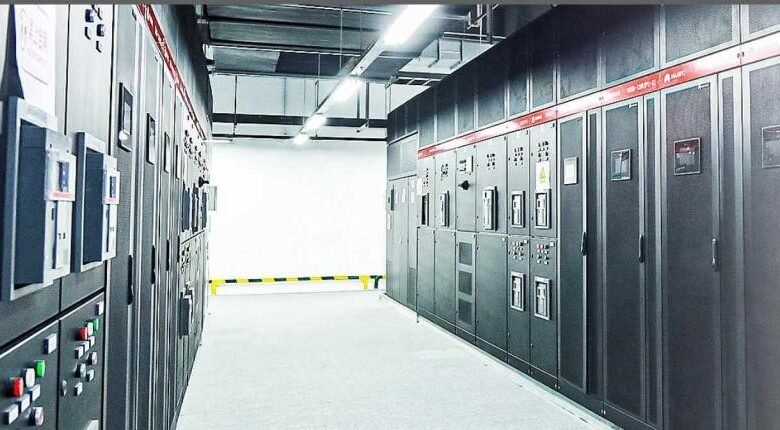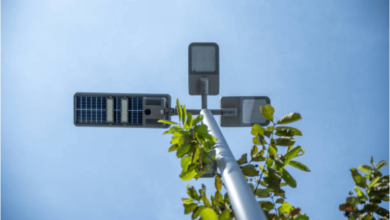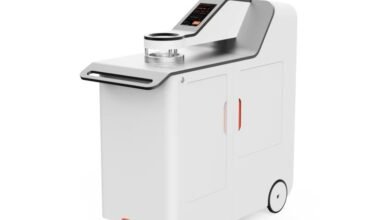The Role of UPS in Emergency Preparedness

Power disruptions often occur after crises. Communication systems, vital appliances, and life-saving devices may stop working as a result of these disruptions. When power goes out, an uninterruptible power supply may help fill the gap until backup generators or the main grid are restored. This tool is often overlooked when creating emergency plans, yet it is essential to maintaining critical systems. A power outage may result in permanent harm if it is not appropriately handled, regardless of whether you are in charge of a huge institution, a small company, or a residence. Maintaining a robust and efficient response strategy is ensured by having a UPS that is well-integrated. Protecting data, people, and the infrastructure you depend on during a crisis is more important than just keeping the lights on.
Why Is a UPS Essential During Emergencies?
Preventing Downtime in Critical Operations
An unexpected power interruption may halt critical systems in their tracks. Businesses, governments, and data centers rely on continuous functioning. Uninterruptible power supplies keep servers, control systems, and communication networks operational until the primary power source is restored. Without this fast backup, data damage, workflow interruption, and system failures may occur. UPS units save valuable time by enabling teams to switch to alternative solutions or securely shut down equipment. They aren’t only for IT enterprises; every organization with important duties, from logistics to emergency services, benefits from continuous power. Selecting the appropriate UPS size and configuration provides little disruption and prevents expensive downtime. This degree of security becomes critical when every second matters during an emergency.
Safeguarding Sensitive Electronics
Power surges and blackouts may cause quick damage to pricey devices. Voltage fluctuations pose a significant risk to devices such as computers, modems, routers, and control systems. An uninterruptible power supply safeguards sensitive equipment by supplying clean, reliable power during unexpected outages. It also protects equipment from hazardous surges when energy is restored. For families, this entails safeguarding vital personal information and gadgets. For organizations, it decreases the possibility of losing crucial information or destroying operating infrastructure. A UPS serves as a protective buffer, keeping the system stable and intact. This layer of protection enables users to properly shut off or continue operations until more assistance comes. It’s a simple but necessary investment to avoid expensive repairs and replacements during an emergency.
See also: Supercharge Your Stock Trading with Stockity’s Innovative Technology
Supporting Medical and Emergency Equipment
Medical gadgets and emergency response systems often save people’s lives. Ventilators, monitors, and automated external defibrillators must all be operable in hospitals, clinics, and even in-home care settings. An uninterruptible power supply guarantees that these gadgets do not fail when the grid goes down. First responders and emergency centers also rely on UPS units to keep communication lines open and dispatch systems operational. When patients are on life-sustaining equipment, even a brief power outage may be fatal. UPS systems act as a bridge between when generators start and when electricity is restored. This fast backup maintains health care services stable and responsive. A backup power supply (UPS) gives peace of mind and a life-saving advantage during unexpected outages for vulnerable persons.

How to Integrate a UPS Into Your Emergency Preparedness Plan
Identifying Critical Devices to Back Up
List the gadgets that are necessary for continuity, safety, and communication first. This might include medical equipment, security systems, routers, and a few lighting sources for residences. Examine the working machinery, network devices, and PCs in enterprises. Set priorities according to need and power. This helps in figuring out how much UPS capacity is needed for any application. When there is a power outage, don’t make the mistake of backing up non-essential equipment. Since every uninterruptible power supply has a limit, it’s critical to match the demand to the unit. Analyze each device’s downtime repercussions. After determining which components are essential, carefully mark each one and allocate it to the proper UPS unit. This phase establishes the framework for a strong emergency response plan.
Setting Up Redundant Power Solutions
A single UPS might fail. Therefore, redundancy is essential in important situations. Install numerous UPS units as needed to guarantee overlapping coverage. Isolate hazards in high-priority systems by using distinct units. Combine UPS systems with generators or solar batteries to increase backup time. This strategy ensures that operations remain steady for extended durations. Test transfer switches to ensure smooth transitions between power sources. Consider scalability: can your system expand as you add additional devices? Select UPS models that support extension or chaining. Redundancy planning should also take into account UPS runtime, recharge time, and load balancing. It is not enough to just have a backup; it must also be trustworthy. A well-structured power architecture gives you confidence that your system will function even if the grid fails.
Routine Testing and Maintenance Best Practices
UPS systems must function accurately at designated times, requiring regular checks. Formulate a maintenance program that includes battery testing, firmware updates, and visual checks. Obsolete batteries need to be replaced before the expiration of their operational lifespans. Devices must be preserved in a clean, climate-regulated environment, ensuring the absence of dirt and proper temperature management. Simulated outages must be included in regular testing to ensure operational efficacy. Perform diagnostics and oversee records to swiftly detect any possible problems. Upon completing UPS operational and maintenance training, staff are guaranteed their capacity to manage situations swiftly and assuredly. Keep a detailed record of all pertinent information, including test results and maintenance activities, for future reference.Preventive care helps avoid failure when you can least afford it. Remember, an uninterruptible power supply is only as reliable as the effort you put into maintaining it.
Conclusion
Power outages during crises are unavoidable—but system breakdowns do not have to be. An uninterruptible power supply provides a solid line of defense that keeps critical systems operational when the power goes out. From safeguarding sensitive devices to maintaining life-saving equipment, a UPS covers important gaps in your preparation strategy. To be genuinely prepared, prioritize your gadgets, implement redundant systems, and commit to regular maintenance. This tool improves resilience in families, companies, and emergency services. With a solid UPS plan in place, you can handle interruptions with confidence and limit the risk of unexpected power outages. Prepare now to safeguard not just your equipment but also the safety, stability, and peace of mind of everyone involved.







